



The Ghaggar River is an intermittent river that originates in the Shivalik Range and flows southwest through Haryana, eventually drying up in Rajasthan's Thar Desert. It feeds irrigation canals and is historically linked to the Vedic Saraswati River. Its tributaries include the Kaushalya, Markanda, and Sarsuti rivers.

Disclaimer: Copyright infringement not intended.
Ghaggar water is not suitable for bathing even before and after the point where the Sukhna Choe merges into it in Zirakpur.
Feature |
Details |
|
Type |
Intermittent river that flows only during the monsoon season |
|
Course |
Originates from the Shivalik Range in northwestern Himachal Pradesh |
|
Irrigation |
Feeds two irrigation canals that extend into Rajasthan |
|
Continuation |
The Hakra River in Pakistan is the continuation of the Ghaggar River in India. Together they are called the Ghaggar Hakra River |
|
Historical Significance |
Identified with the Vedic Saraswati River by several historians |
|
Tributaries |
Kaushalya River, Markanda, Sarsuti, Tangri, Chautang |
River |
Origin |
States Covered |
Major Tributaries |
Notable Cities Along the River |
Drainage |
|
Indus |
Near Mansarovar Lake, Tibet |
Jammu & Kashmir, Himachal Pradesh, Punjab (India & Pakistan) |
Shyok, Zaskar, Gilgit, Jhelum, Chenab, Ravi, Beas, Satluj |
Leh, Srinagar |
Arabian Sea |
|
Ganga |
Gangotri Glacier, Uttarakhand |
Uttarakhand, Uttar Pradesh, Bihar, Jharkhand, West Bengal |
Yamuna, Son, Ghaghara, Gandak, Kosi, Ramganga, Gomti |
Haridwar, Kanpur, Allahabad, Varanasi, Patna, Kolkata |
Bay of Bengal |
|
Yamuna |
Yamunotri Glacier, Uttarakhand |
Uttarakhand, Haryana, Uttar Pradesh, Delhi |
Chambal, Betwa, Ken, Sindh, Tons, Hindon |
Delhi, Agra, Mathura, Etawah |
Bay of Bengal (via Ganga) |
|
Brahmaputra |
Angsi Glacier, Tibet |
Arunachal Pradesh, Assam |
Dibang, Lohit, Subansiri, Manas, Teesta, Dhansiri, Kopili |
Dibrugarh, Guwahati, Tezpur |
Bay of Bengal |
|
Ghaghara |
Tibet Plateau |
Uttarakhand, Uttar Pradesh, Bihar |
Kali, Sharada, Rapti, Kuwano |
Lucknow, Gorakhpur, Ayodhya |
Bay of Bengal (via Ganga) |
|
Gandak |
Nepal Himalayas |
Bihar, Uttar Pradesh |
Kali Gandaki, Trishuli |
Bettiah, Muzaffarpur |
Bay of Bengal (via Ganga) |
|
Kosi |
Tibet, near Mount Everest |
Bihar, Nepal |
Arun, Tamur, Sun Kosi, Dudhkoshi |
Supaul, Saharsa |
Bay of Bengal (via Ganga) |
|
Teesta |
Tso Lhamo Lake, Sikkim |
Sikkim, West Bengal |
Rangeet |
Jalpaiguri, Darjeeling |
Bay of Bengal |
River |
Origin |
States Covered |
Major Tributaries |
Notable Cities Along the River |
Drainage |
|
Narmada |
Amarkantak Plateau, Madhya Pradesh |
Madhya Pradesh, Maharashtra, Gujarat |
Tawa, Hiran, Banjar, Orsang |
Jabalpur, Bharuch |
Arabian Sea |
|
Tapi |
Satpura range, Madhya Pradesh |
Madhya Pradesh, Maharashtra, Gujarat |
Purna, Girna, Panjhra |
Surat |
Arabian Sea |
|
Godavari |
Triambakeshwar, Maharashtra |
Maharashtra, Telangana, Andhra Pradesh, Chhattisgarh |
Pravara, Purna, Manjira, Pranhita, Indravati, Sabari |
Nashik, Nanded, Rajahmundry |
Bay of Bengal |
|
Krishna |
Mahabaleshwar, Maharashtra |
Maharashtra, Karnataka, Andhra Pradesh, Telangana |
Bhima, Tungabhadra, Ghataprabha, Malaprabha, Musi |
Sangli, Vijayawada |
Bay of Bengal |
|
Cauvery |
Talakaveri, Karnataka |
Karnataka, Tamil Nadu, Puducherry |
Hemavati, Kabini, Bhavani, Amaravati, Arkavathy |
Mysore, Srirangapatna, Tiruchirappalli |
Bay of Bengal |
|
Mahanadi |
Sihawa, Chhattisgarh |
Chhattisgarh, Odisha |
Seonath, Jonk, Hasdeo, Mand, Ib |
Sambalpur, Cuttack |
Bay of Bengal |
|
Sabarmati |
Aravalli Hills, Rajasthan |
Rajasthan, Gujarat |
Sei, Harnav, Wakal |
Ahmedabad, Gandhinagar |
Arabian Sea |
|
Sharavati |
Western Ghats, Karnataka |
Karnataka |
None |
Jog Falls |
Arabian Sea |
|
Ponnaiyar |
Nandi Hills, Karnataka |
Karnataka, Tamil Nadu |
Chinnar, Markanda |
Krishnagiri, Cuddalore |
Bay of Bengal |
|
Periyar |
Western Ghats, Kerala |
Kerala |
Muthirapuzha, Mullayar |
Kochi, Idukki |
Arabian Sea |
Feature |
Himalayan Rivers |
Peninsular Rivers |
|
Source |
Himalayan glaciers |
Western Ghats, Deccan Plateau |
|
Water Flow |
Perennial (fed by glaciers) |
Seasonal (rain-fed) |
|
Erosion Activity |
High (due to steep slopes and young age) |
Low (flow through older landforms) |
|
Drainage Pattern |
Antecedent and dendritic |
Superimposed and radial |
|
Major Uses |
Irrigation, hydroelectric power, drinking water |
Irrigation, hydroelectric power |
READ ABOUT
Source:
|
PRACTICE QUESTION Q.With reference to Ghaggar River, consider the following statements:
Which of the statements given above is/are correct? (a) 1 and 2 only (b) 3 only (c) 1 and 3 only (d) 1,2 and 3 Answer: b Explanation: Statements 1 and 2 are incorrect. Ghaggar River also known as Ghaggar-Hakra River, is an intermittent river in India and Pakistan that flows only during the monsoon season. It originates in the village of Dagshai in the Shivalik Hills of Himachal Pradesh and flows through Punjab, Haryana and Rajasthan. Statement 3 is correct. The main tributaries of the Ghaggar are the Kaushalya, Tangri, Markanda, Beghna and Sukhna and Chautang. |
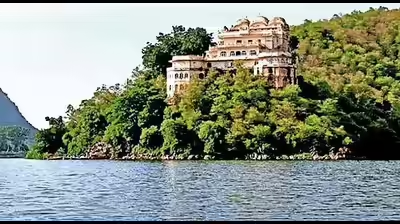
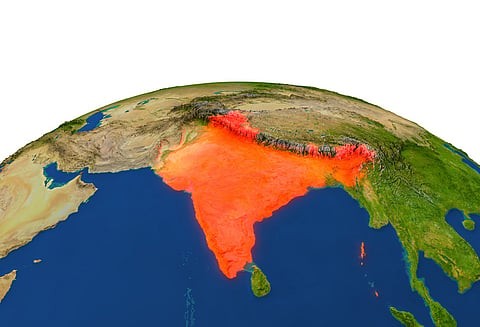
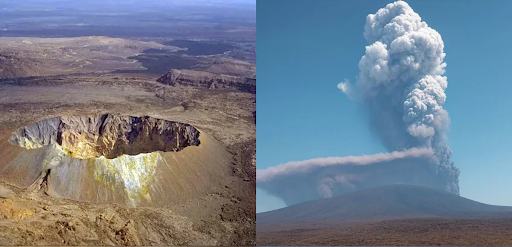
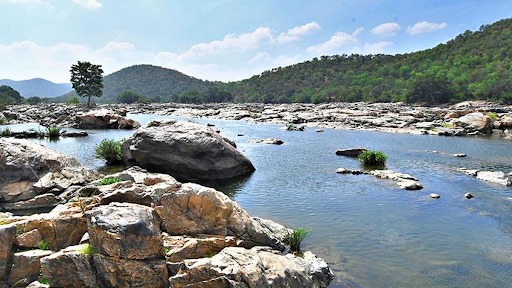

© 2025 iasgyan. All right reserved